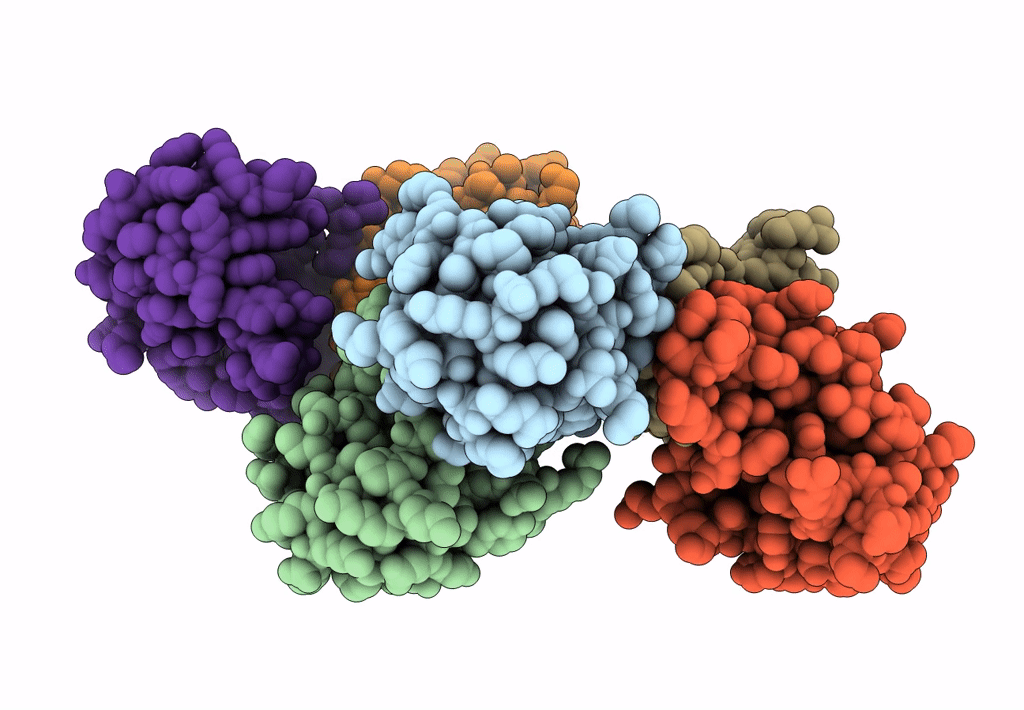
Deposition Date
2022-09-14
Release Date
2022-12-21
Last Version Date
2024-11-06
Entry Detail
PDB ID:
8EHB
Keywords:
Title:
Structure of Tannerella forsythia selenomethionine-derivatized potempin D mutant I53M
Biological Source:
Source Organism:
Host Organism:
Method Details:
Experimental Method:
Resolution:
2.40 Å
R-Value Free:
0.23
R-Value Work:
0.21
R-Value Observed:
0.21
Space Group:
P 1 21 1


